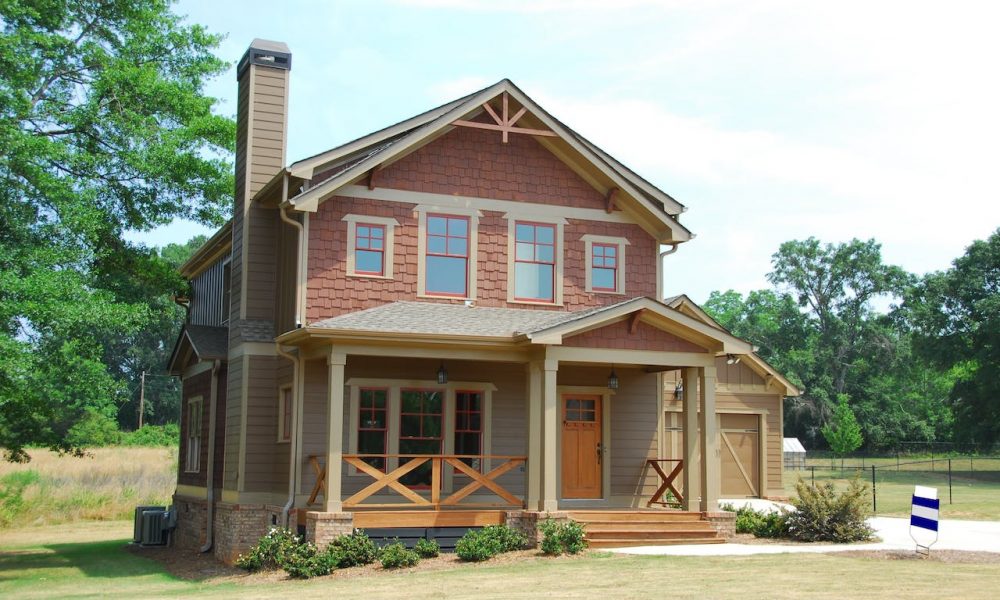
Buying Your Dream House? Embrace Climate Change as the New Reality

Home buying and selling is undergoing a dramatic transformation, thanks to climate change. This global issue is no longer an abstract concern but a concrete factor influencing the real estate market. Buyers and sellers must navigate a landscape where environmental considerations are as crucial as traditional factors like location and price.
Now, let’s go ahead and explore this new dimension of real estate.
Weathering the Storm: Climate Risk in Property Investment
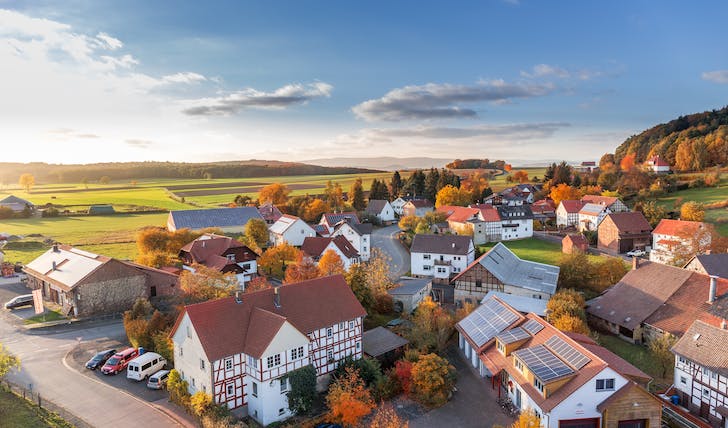
Pixabay / Pexels / For homebuyers and sellers, climate change is the new reality they can not avoid.
The increasing frequency and intensity of extreme weather events are reshaping the real estate map. Properties in areas once considered safe are now facing unexpected challenges like flash floods or extreme heat waves.
So, the concept of a “safe investment” is evolving as buyers prioritize properties in regions less affected by these changes.
Eco-Friendly Living: The New Luxury
Eco-friendly features are no longer optional. They are essential. Homes equipped with renewable energy sources, efficient insulation, and other green technologies are gaining prominence. These features offer dual benefits: Reducing the environmental footprint and cutting down long-term living costs, making them highly attractive to prospective buyers.
Similarly, the rising cost of insurance in response to climate change is becoming a major factor in the home-buying process. In high-risk areas, exorbitant insurance premiums are deterring buyers, impacting property values. Thus, this shift is compelling buyers to factor in the long-term costs of owning a property in a specific location.
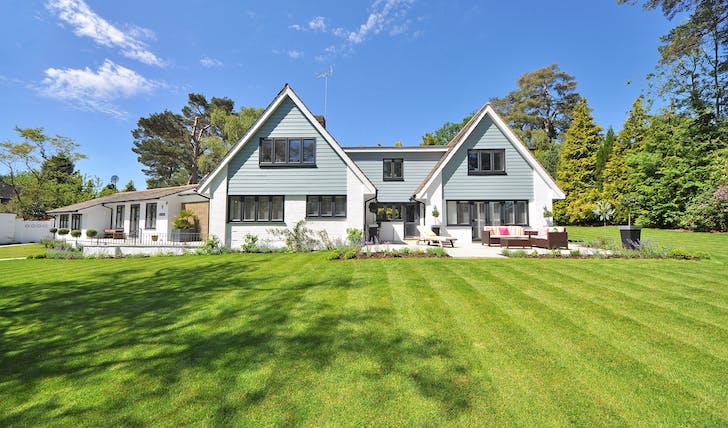
Pixabay / Pexels / Today, eco-friendly living is a new luxury!
Adaptation and Resilience Are Key Factors in Home Selection
Adaptation and resilience are the new buzzwords in real estate. Buyers are looking for homes that can withstand the challenges posed by a changing climate. This includes features like elevated structures in flood-prone areas or enhanced ventilation systems in regions experiencing higher temperatures.
However, the focus is not just on individual homes but on sustainable communities. Developments that incorporate green spaces, promote walkability, and offer public transit access are in demand. Thus, these communities provide a higher quality of life and are seen as better long-term investments in the face of climate change.
Market Dynamics: The Fluctuating Value of Real Estate
The real estate market is responding to these changes in various ways. In some areas, property values are decreasing due to increased environmental risks, while in others, the demand for sustainable and resilient homes is driving up prices. Understanding these dynamics is crucial for both buyers and sellers to make informed decisions.
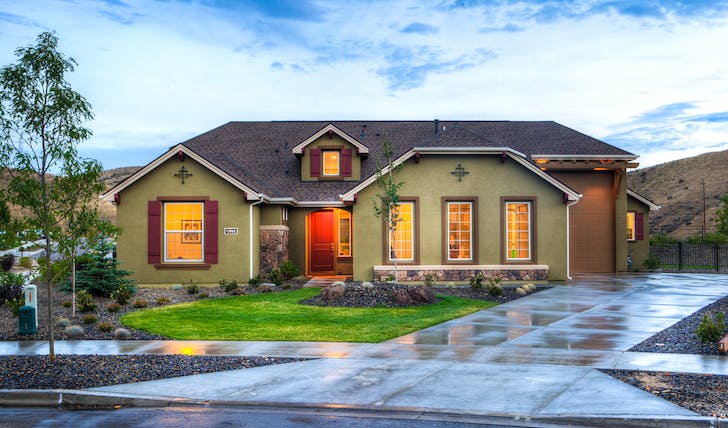
Yamin / Pexels / According to real estate gurus, sustainable homes will thrive in the years to come.
Nevertheless, government policies and incentives are playing a significant role in shaping the real estate market in the era of climate change. Tax incentives for sustainable home improvements, stricter building codes, and investments in green infrastructure are influencing buyer preferences and property values.
The Final Word
The impact of climate change on real estate is undeniable and growing. It requires a shift in how we view property investment, emphasizing sustainability, resilience, and long-term thinking. For homebuyers and sellers, staying informed and adaptable is key to navigating this new reality successfully.
So, as the world continues to grapple with the effects of climate change, those in the real estate market must be prepared to evolve with it. As a homebuyer, you should embrace climate change with an open heart. And you will surely find your dream house.
More inReal Estate & Mortgage
-
10 Unique Things to Do in Tokyo for Couples in 2024
Tokyo is a city where the extraordinary is the norm. From towering skyscrapers to tranquil gardens, this bustling metropolis offers an...
June 13, 2024 -
How to Make Money on TikTok – 8 Proven Strategies
TikTok isn’t just a platform for viral dance challenges and funny skits anymore. It’s a goldmine of opportunity for creative minds...
June 6, 2024 -
Tech Giant Cisco Likely to Lay Off ‘Almost 350’ Employees As Part of Its ‘Restructuring Plan’
Is your favorite tech company feeling the pinch? Recent reports suggest that Cisco (CSCO) is planning to lay off ‘almost 350...
May 31, 2024 -
How Many Mortgages Can You Have? Understanding the Limits
Are you pondering the idea of delving into the realm of multiple mortgages? Whether it’s for expanding your property portfolio, securing...
May 23, 2024 -
What You Ought to Know About Dominican Republic Rum
When you think of the Dominican Republic, your mind might drift to images of beautiful beaches and vibrant dance rhythms. But...
May 16, 2024 -
Are Mobile Homes Worth Investing? A Deeper Look
Are mobile homes a good investment? This question often pops up among potential homeowners and investors alike, looking for an affordable...
May 9, 2024 -
10 Best Stocks to Invest in 2024 for Smart Investors
In a world where economic growth seems to be hitting the brakes, the hunt for the best stocks to invest in...
April 30, 2024 -
Will Breaking a Lease Affect Your Credit? The Real Impact
Breaking a lease isn’t just about packing up and moving on; it’s a decision that can have lasting financial implications. While...
April 23, 2024 -
Is Traveling a Hobby? Exploring the Reasons and Ways to Travel More
Have you ever scrolled through social media and stumbled upon the question, “Is traveling a hobby?” It’s a thought-provoking query that...
April 16, 2024

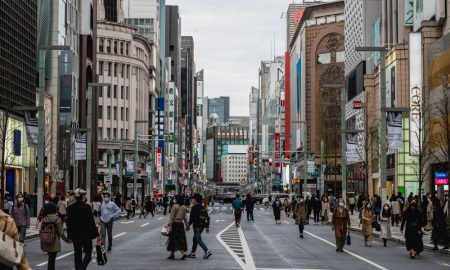


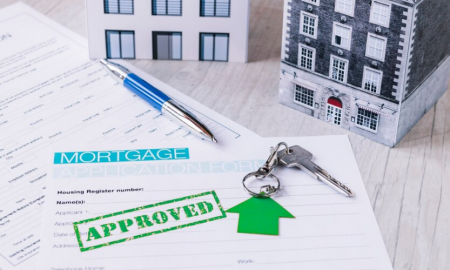

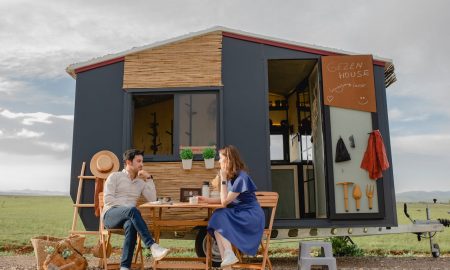



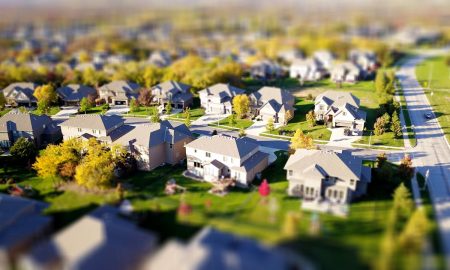




You must be logged in to post a comment Login